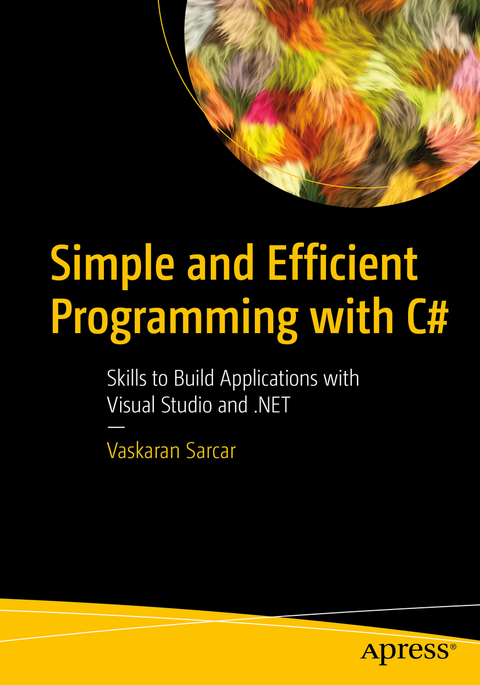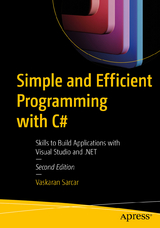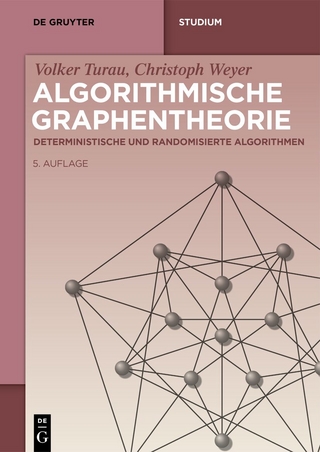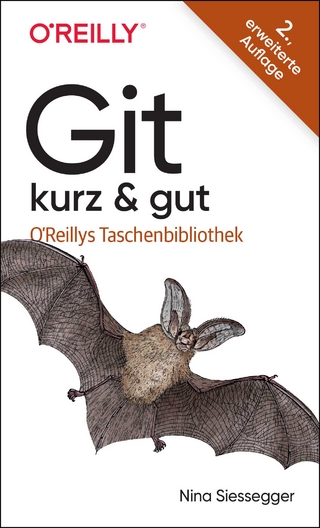
Simple and Efficient Programming with C#
Apress (Verlag)
978-1-4842-7321-0 (ISBN)
Apply skills and approaches to your programming to build a real-world application in C# 9 using the latest editions of Visual Studio, C#, and Microsoft .NET.
Each chapter opens with an introduction and original application written in C# 9 for you to jump into coding. From there, you are guided through an expected output and taught best practices along the way. Author Vaskaran Sarcar emphasizes extending and maintaining the same program and he demonstrates examples for different scenarios to make your program more efficient and effective.
This book is divided into four parts. The first part starts with a detailed discussion of polymorphism. It then shows you how to make proper use of abstract classes and interfaces, and you will know which technique to use for a specific scenario. Discussions on code comments teach you how to use them effectively, and why you need to be careful with code comments.
In the second part you will learn six design principles, including SOLID and DRY principles. These are the foundation of well-known design patterns and they establish practices for developing software with considerations for maintaining and extending as a project grows.
The third part takes you through the methods to make efficient applications. You will learn the common use of factories to separate code from its opposite and the alternative of inheritance using object composition and wrappers. This part also demonstrates the use of template methods, hooks, and facades in programming. Hints show you how professional coders develop an enterprise application.
In the fourth and final part you will learn about effective memory management techniques by preventing leaks in your application and the use and misuse of design patterns. This part also discusses how to decide between a static method and an instance method and other techniques, in brief.
After reading this book, you will be able to implement best practices to make your programs more effective and reliable.
What Will You Learn
Analyze the alternative solutions before implementation by comparing the pros and cons
Make polymorphic code perform better
Know the side-effects of bad/redundant comments
Understand the significance of the SOLID and DRY principles
Add features using wrappers
Redefine steps without altering the calling sequence of an algorithm
Use hooks in your application
Convert a complex system into a user-friendly system using facades
Run your application in .NET 6
Who Is This Book For
Developers with a basic knowledge of C#
Vaskaran Sarcar obtained his Master of Engineering degree in software engineering from Jadavpur University, Kolkata (India) and an MCA from Vidyasagar University, Midnapore (India). He was a National Gate Scholar (2007-2009) and has more than 12 years of experience in education and the IT industry. Vaskaran devoted his early years (2005-2007) to teaching at various engineering colleges, and later he joined HP India PPS R&D Hub Bangalore .He worked there until August, 2019. At the time of his retirement from the IT industry, he was Senior Software Engineer and Team Lead at HP. To follow his dream and passion, Vaskaran is now an independent full-time author. Other Apress books written by Vaskaran include: Design Patterns in C# second edition, Getting Started with Advanced C#, Interactive Object-Oriented Programming in Java second edition, Java Design Patterns second edition, Interactive C#, Interactive Object-Oriented Programming in Java, and Java Design Patterns. And other books he authored include: Python Bookcamp (Amazon, 2021), and Operating System: Computer Science Interview Series (Createspace, 2014).
Part I Basics Chapter 1: Avoid Unnecessary Code Comments Chapter Goal: To show you the proper use of comments. It also discusses the side-effects of bad/redundant comments.
No of pages: 5-10+
Chapter 2: Use Polymorphism Chapter Goal: To show why a polymorphic code can perform better.
No of pages 5-10+
Sub - Topics
2.1 Initial Program: Demo 1
2.2 Output and Analysis
2.3 Making efficient programs: Demo 2
2.4 Analysis
2.5 Conclusion
Chapter 3: Abstract Class, or Interface? Chapter Goal: In this chapter, we do not compare the basic differences between an abstract class or an interface. Instead, we discuss the code segments where you can use either of them, but the compiler does not raise any issue. Then we will analyze how to write efficient code using both these techniques for some specific scenarios.
No of pages: 10-15+
Chapter 4: Static Method or Instance Method? Chapter Goal: This chapter shows how to decide between a static method and an instance method. It shows the answer with supporting code examples.
No of pages: 5-10+
Part II Important Principles
Chapter 5: The SOLID Principle(s) Chapter Goal: This chapter explains the Single Responsibility Principle( SRP), Open/Closed Principle (OCP), Liscov Substitution Principle (LSP), Interface Segregation Principle (ISP),and Dependency Inversion Principle (DIP) principles (with and without ) with code examples.
No of pages 50+
Chapter 6: The DRY Principle Chapter Goal: In this chapter, you learn about the DRY principle and its importance by building applications in C#. DRY stands for DON'T REPEAT YOURSELF and is a basic principle of software development, aimed to reducing repetition of information.
No of pages: 10-15+
Part III Make Flexible Applications
Chapter 7: Separate Changeable Code Using Factories Chapter Goal: This chapter shows the common use of factories to separate the varying code from its opposite.
No of pages: 10-20+
Chapter 8: Add Features Using Wrappers Chapter Goal: This chapter shows the alternative of inheritance using object composition and wrappers.
No of pages: 10-20+
Chapter 9: Efficient Templates using Hooks Chapter Goal: This chapter shows the use of hooks inside a template method to shorten your code.
No of pages: 10-15+
Chapter 10: Simplify Complex Systems using Facades Chapter Goal: This chapter shows the use of facades to simplify a complex system.
No of pages: 10-15+
Part IV The Final Talks
Chapter 11: Apply Design Patterns Chapter Goal: This chapter discusses the uses of design patterns and shows which patterns are already implemented in this book on different topics. It also discusses the misuse of patterns.
No of pages: 5-10+
Sub - Topics NA
Chapter 12: The Road Ahead Chapter Goal: It discusses some other techniques in brief.
No of pages: 5-10+
Sub - Topics NA
| Erscheinungsdatum | 13.09.2021 |
|---|---|
| Zusatzinfo | 41 Illustrations, black and white; XXV, 272 p. 41 illus. |
| Verlagsort | Berkley |
| Sprache | englisch |
| Maße | 178 x 254 mm |
| Gewicht | 574 g |
| Themenwelt | Mathematik / Informatik ► Informatik ► Software Entwicklung |
| Schlagworte | best practices C# • C# • C# 9 • C# programming • .NET • .NET 6.0 • .NET Core • programming |
| ISBN-10 | 1-4842-7321-4 / 1484273214 |
| ISBN-13 | 978-1-4842-7321-0 / 9781484273210 |
| Zustand | Neuware |
| Informationen gemäß Produktsicherheitsverordnung (GPSR) | |
| Haben Sie eine Frage zum Produkt? |
aus dem Bereich



